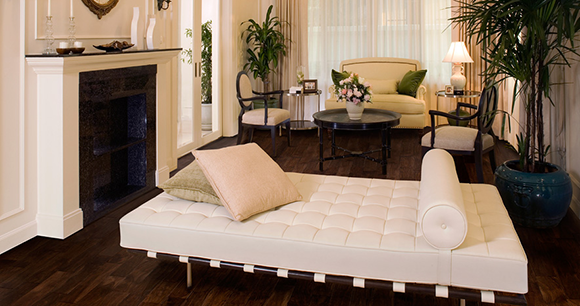 Are you concerned about the appearance of your hardwood floors becoming ruined by office chairs? This is a legitimate concern for many hardwood floor owners who enjoy sporting hardwood floors in their office, either at work or even at home.
Are you concerned about the appearance of your hardwood floors becoming ruined by office chairs? This is a legitimate concern for many hardwood floor owners who enjoy sporting hardwood floors in their office, either at work or even at home.
Rolling office chairs undoubtedly overtime will leave marks on your hardwood floors unless you take proactive steps in an effort to prevent this issue from occurring. Scuff marks are the number one issue, which occur from wear and tear moving back and forth, especially if your chair has hard casters on it.
Protecting Hardwood Floors from Rolling Office Chairs
Follow our advice below to prevent shredding your hardwood floor from rolling office chairs.
1. Check Your Chair’s Casters/Wheels
Check out your chair’s casters, or wheels, and see if they feel hard or not. Chances are they will be hard as most are made from hard plastic or hard nylon.
Replacing them with a softer alternative is what we recommend. Softer alternatives include rubber, urethane, and neoprene options. Follow the manufacturer’s instructions carefully in order to replace your casters.
If this is too daunting of a task, then we have an easier approach you could try. Place a layer of duct tape around the caster’s circumference and this will lesson the impact on the floor.
2. Utilizing Area Rugs or Chair Mats
Look in to purchasing a chair mat for your rolling office chair. This will keep the wheels on the mat and off of your hardwood floors. If you find yourself moving your chair around often and in wide space, then consider purchasing a larger area rug instead. Rugs of woven material are recommended.
Caution:
We do not advise using plastic mats of any sort as many people have found that when tiny pieces of debris (i.e. grit and rocks) become stuck between your floors and the plastic, damage ensues.
3. Maintenance
Maintenance goes a long way. By consistently keeping your floors clean from debris, as well as your chair’s rollers or casters, very little damage will happen to your floors. Combine this with the other 2 options we suggested above and your office floors will shine for many years!

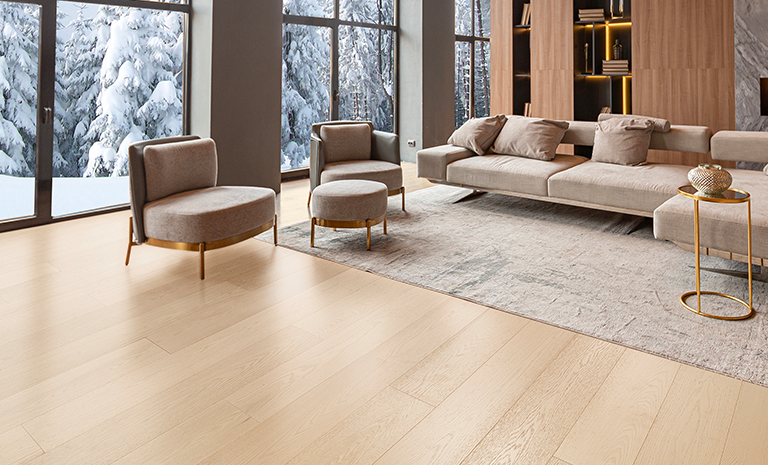
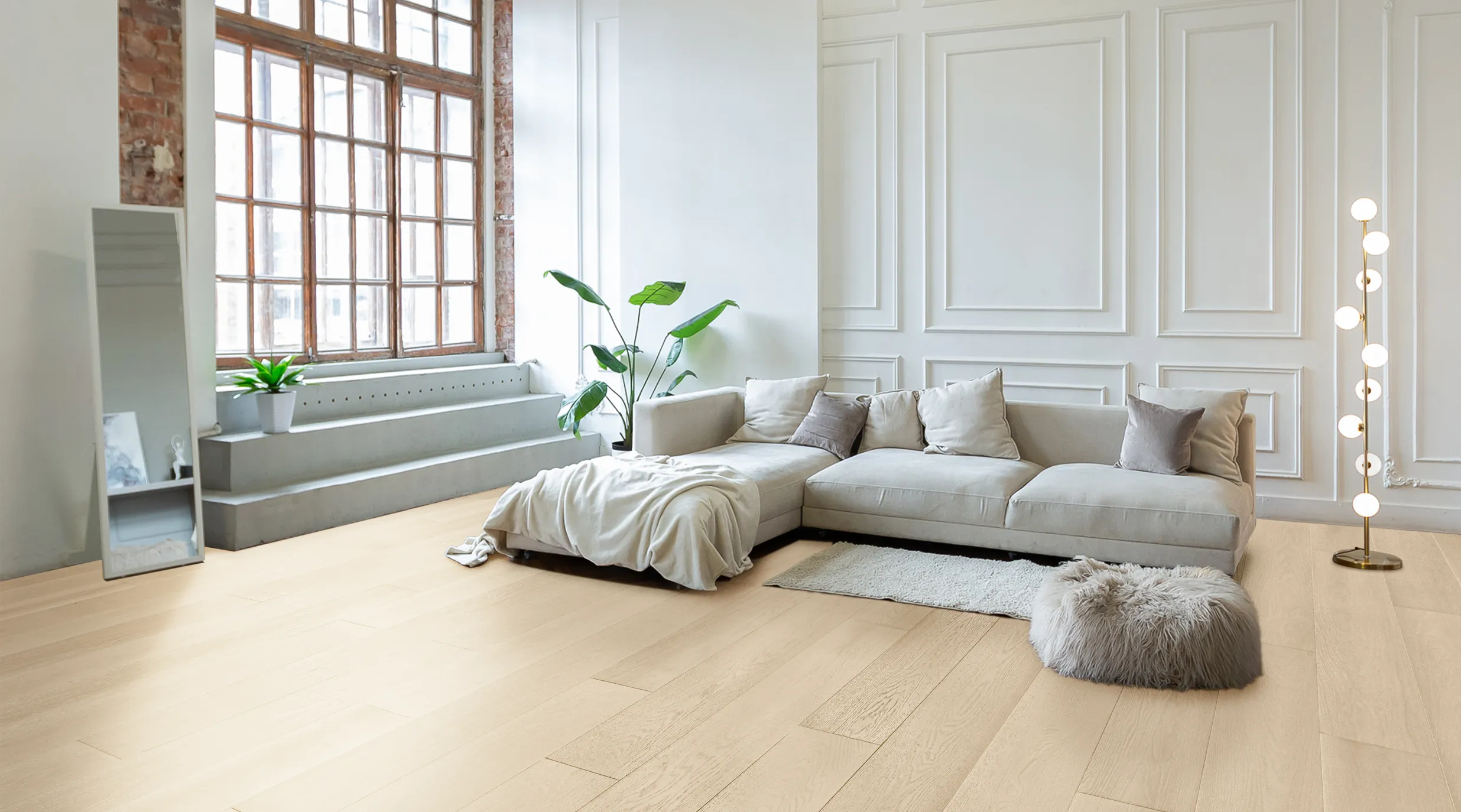
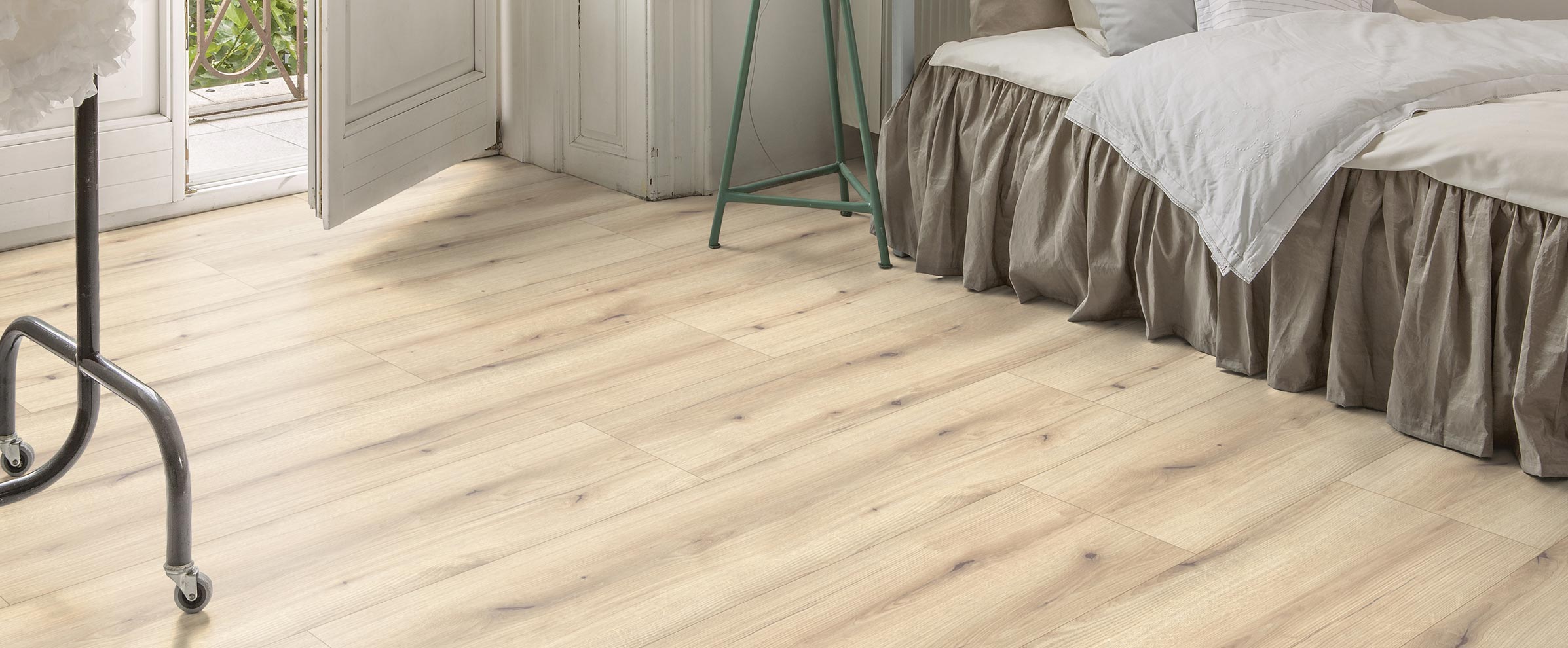
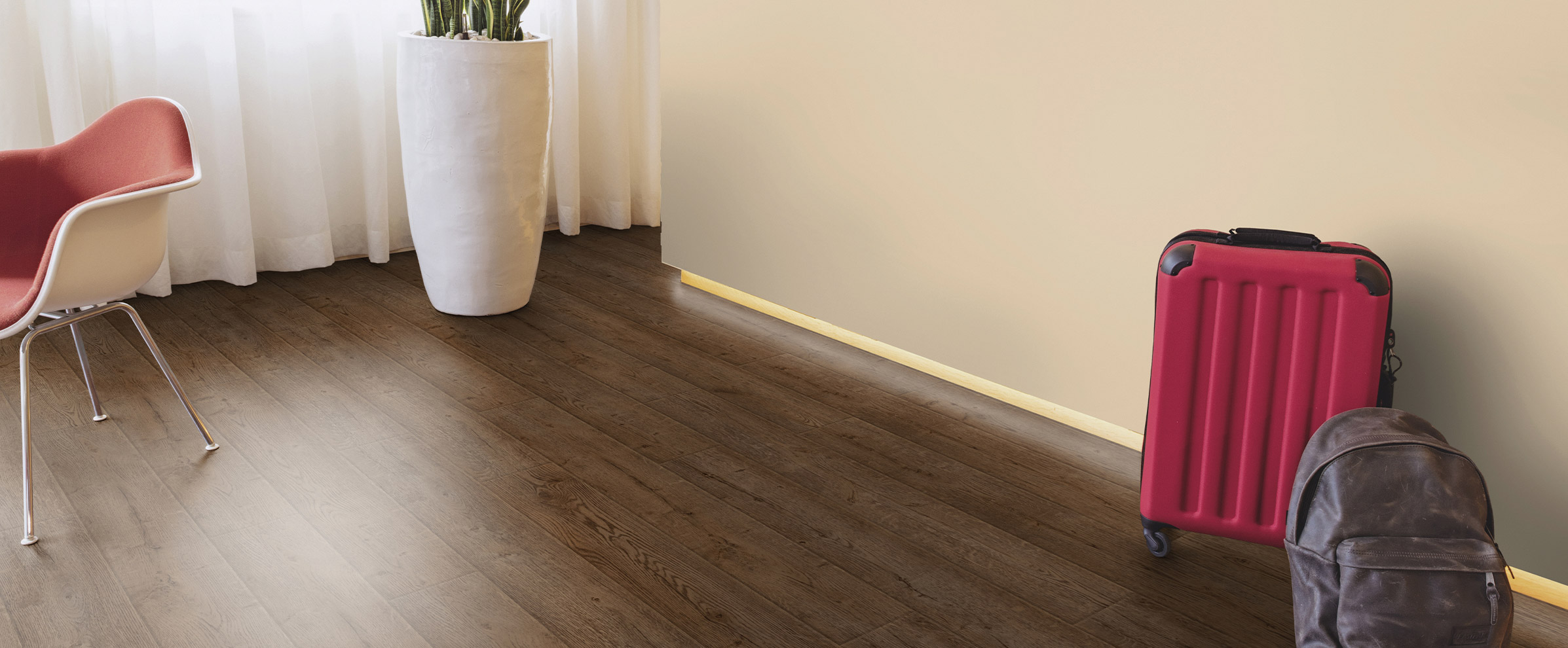
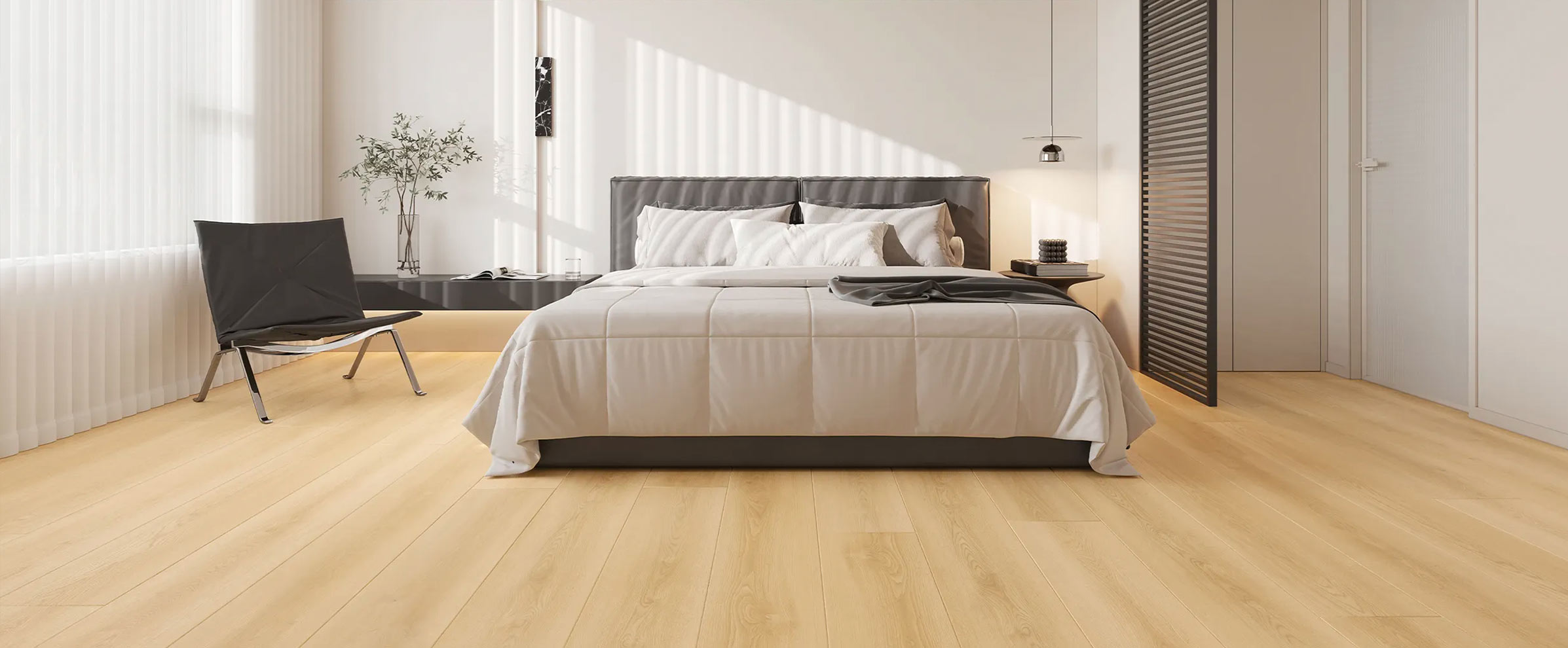
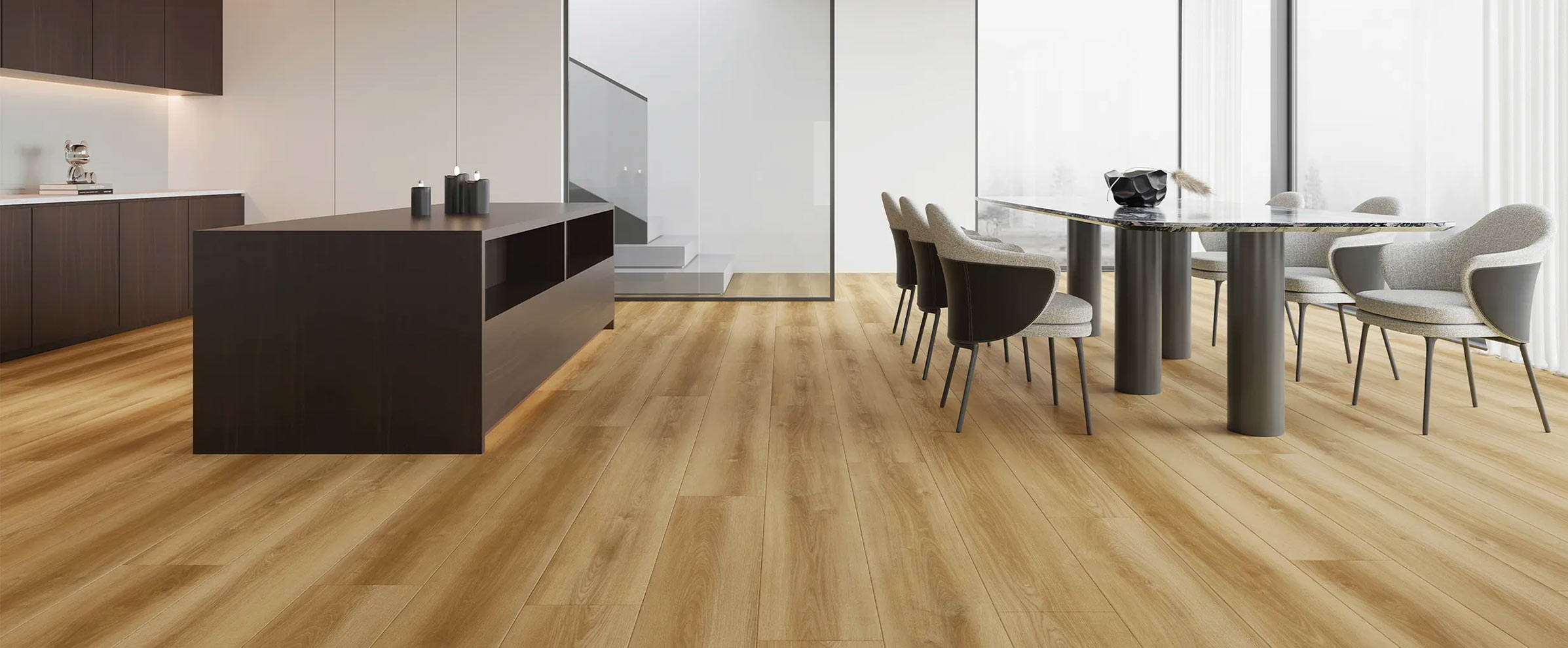
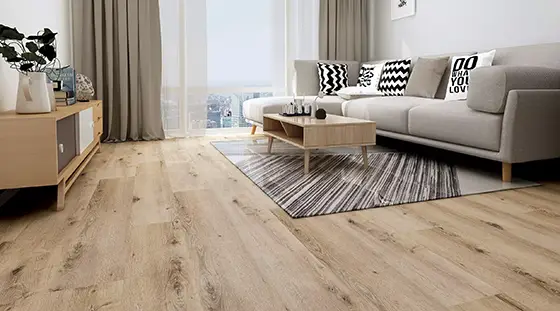
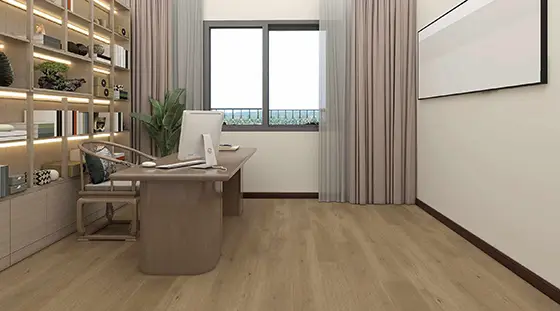
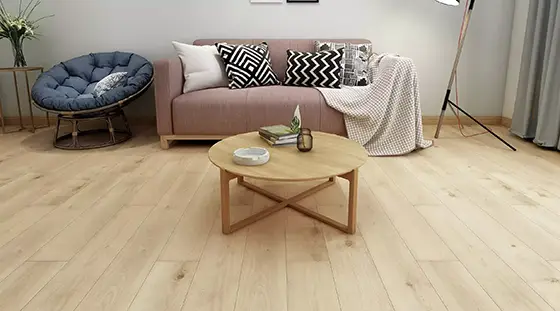
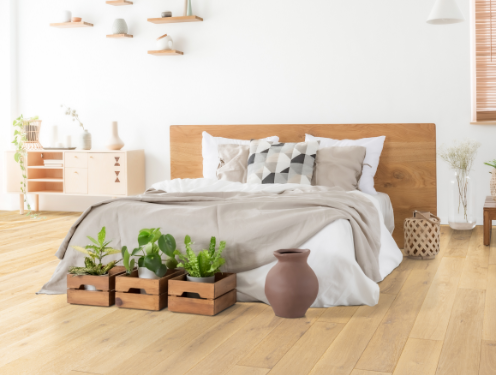
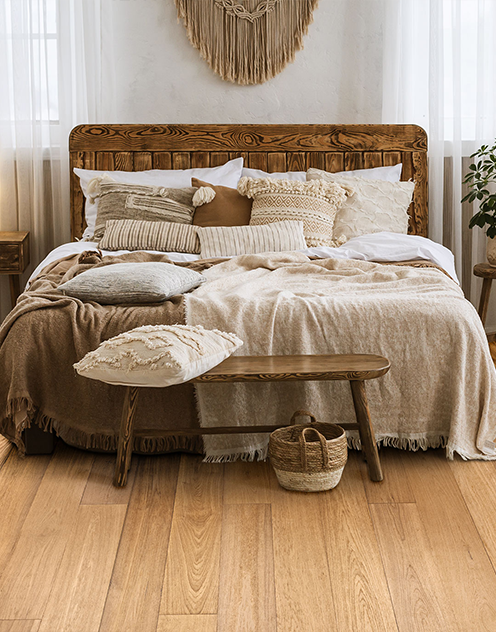
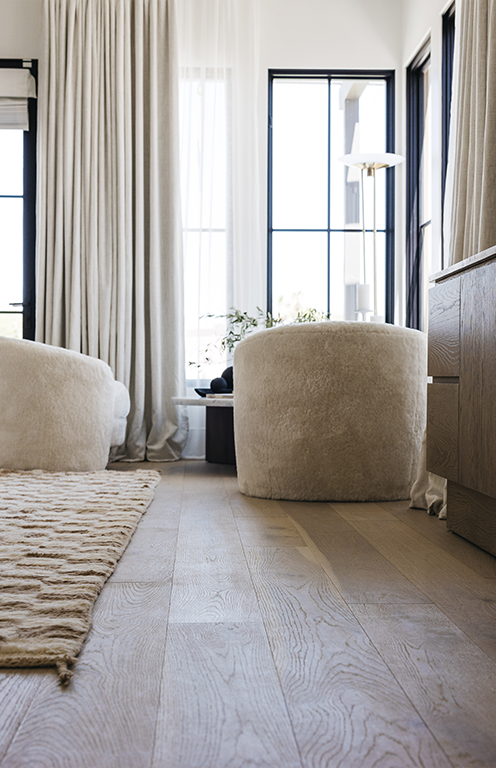
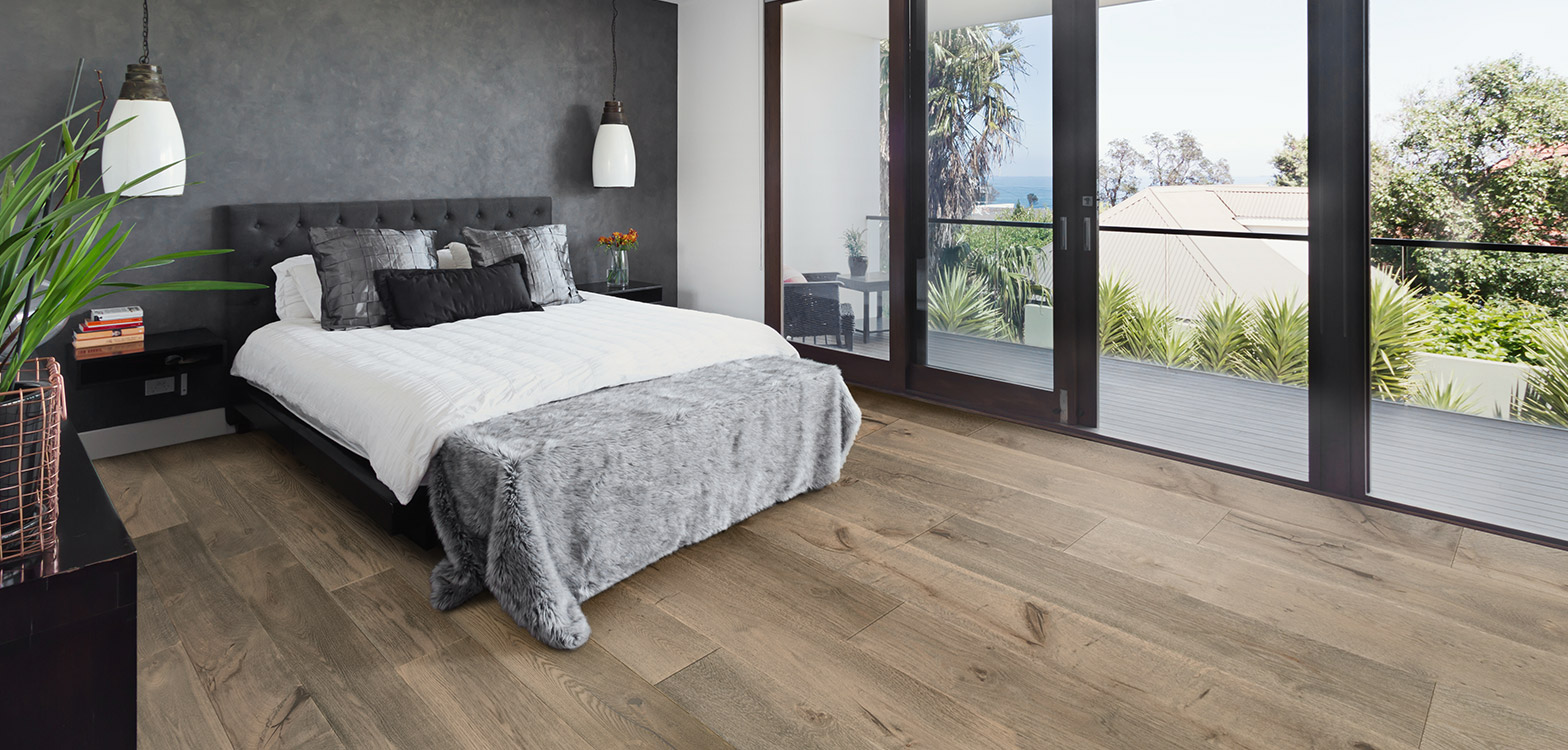
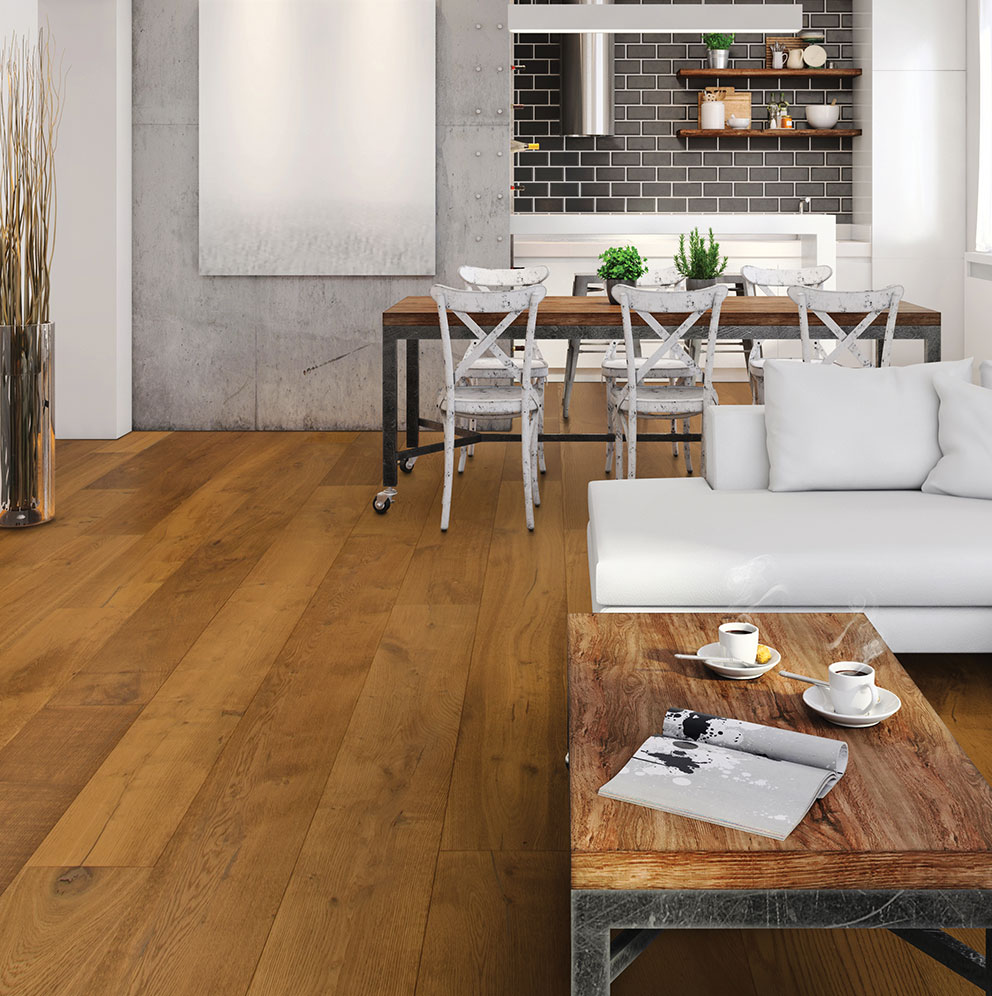
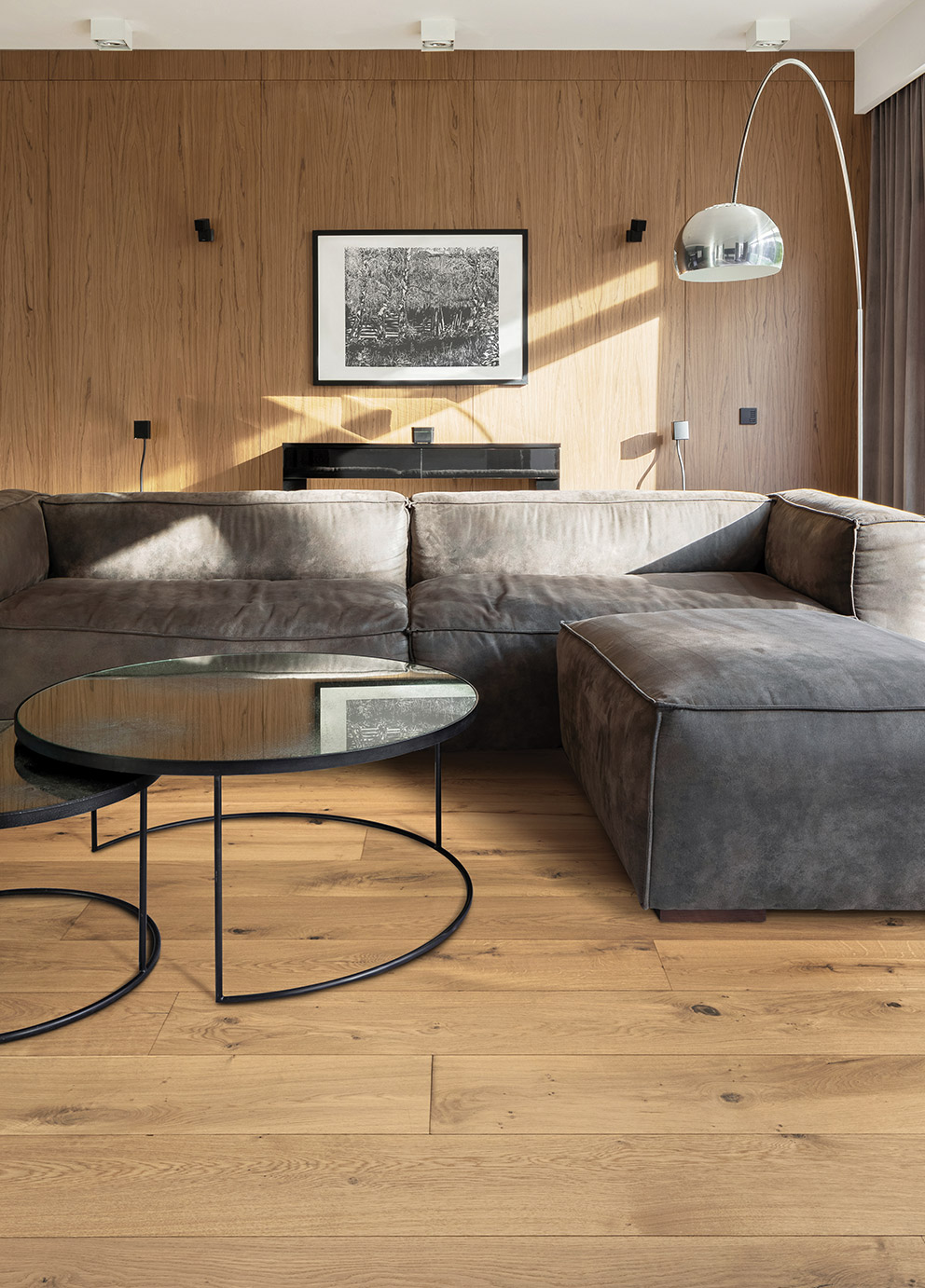
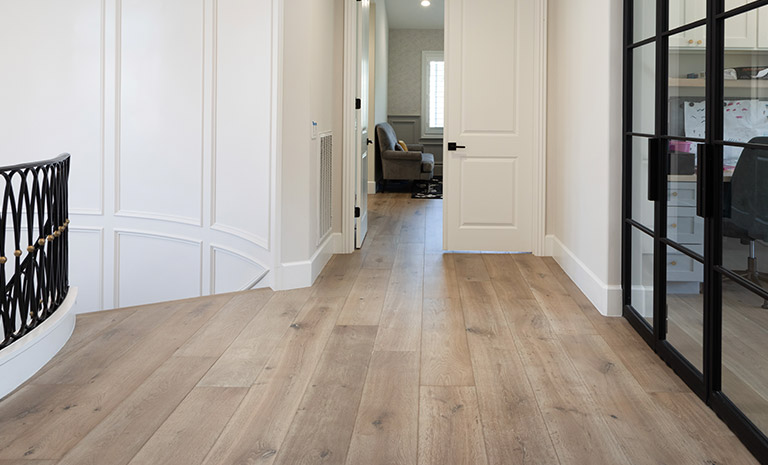
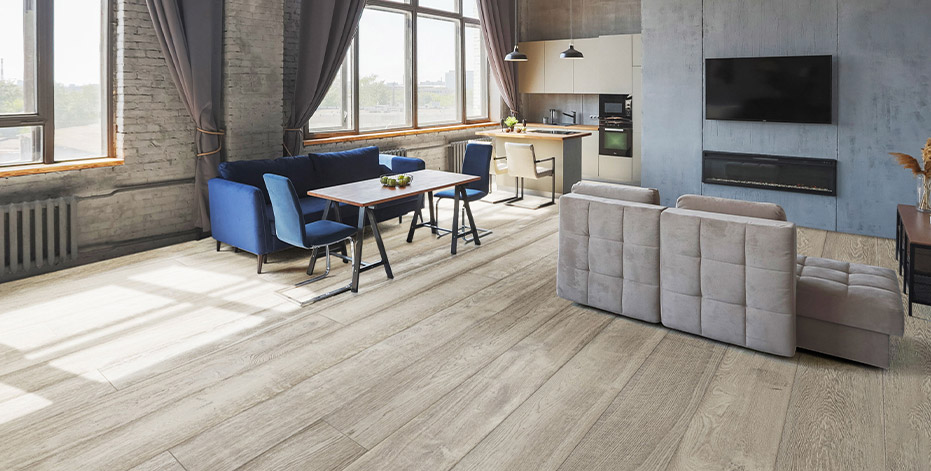
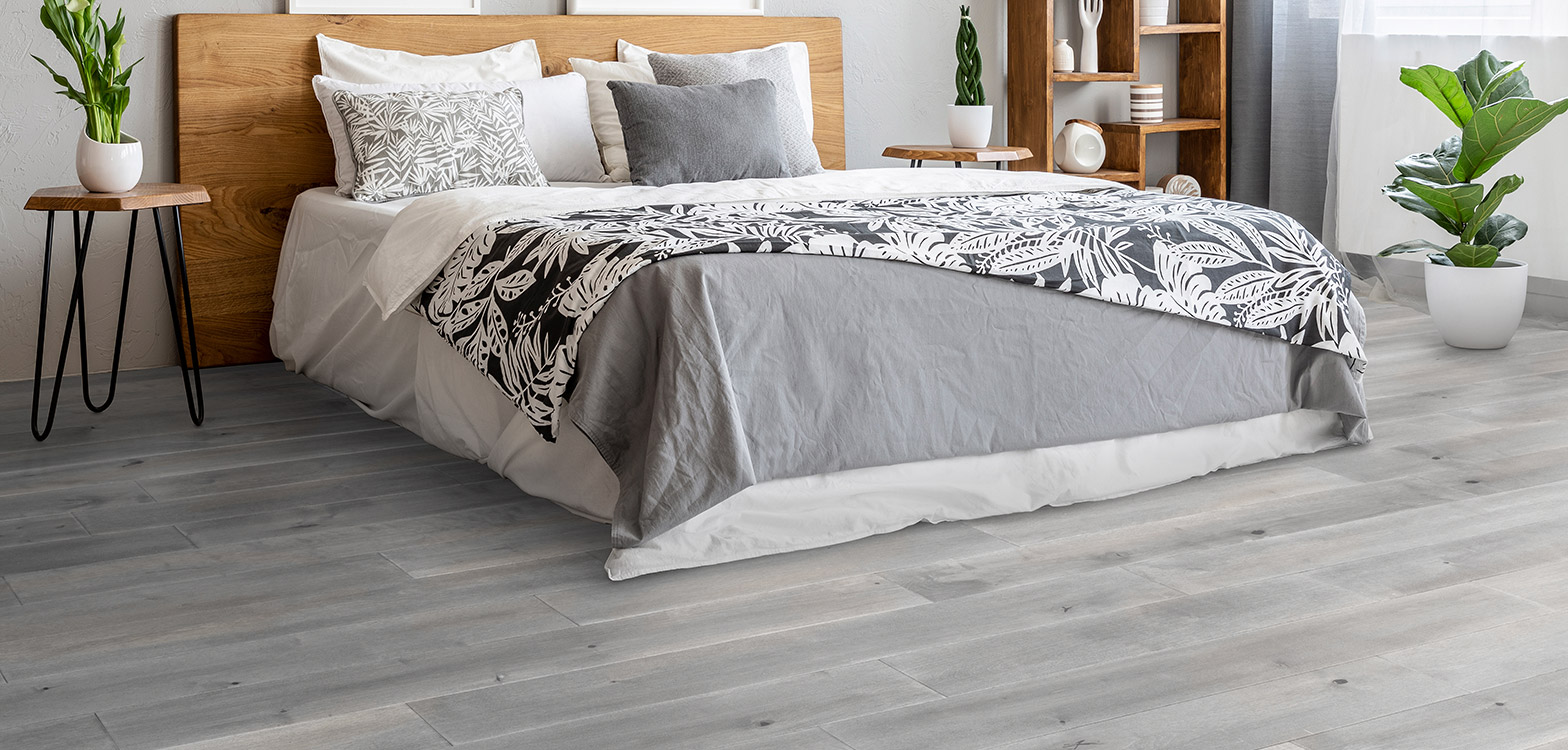
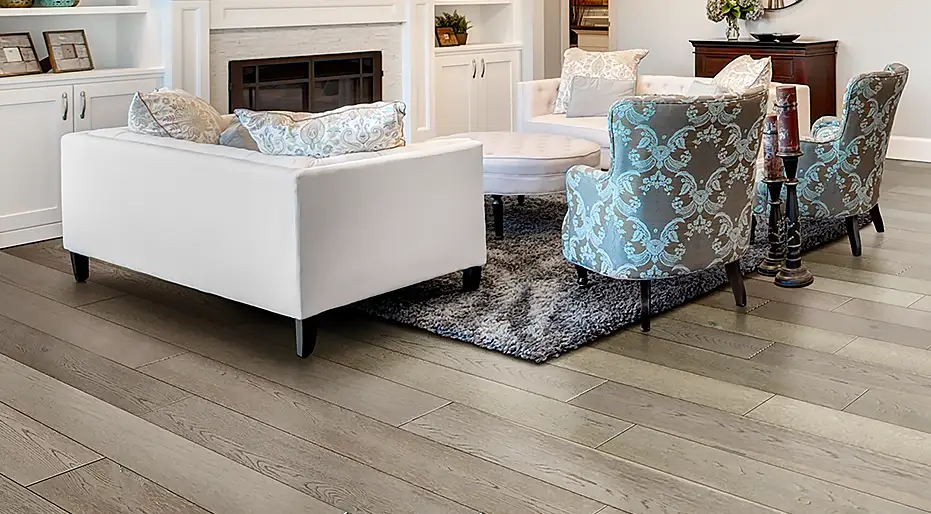
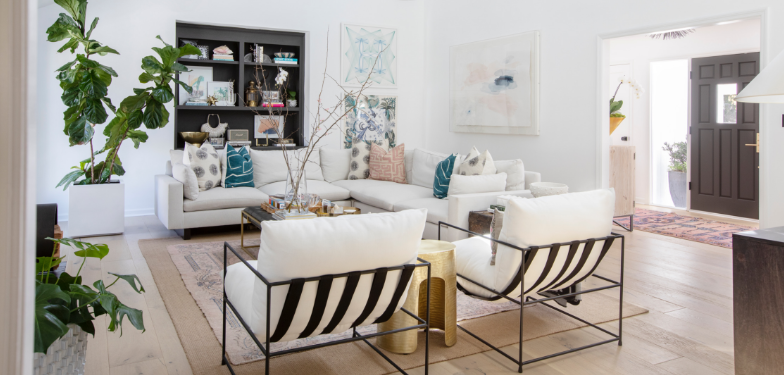
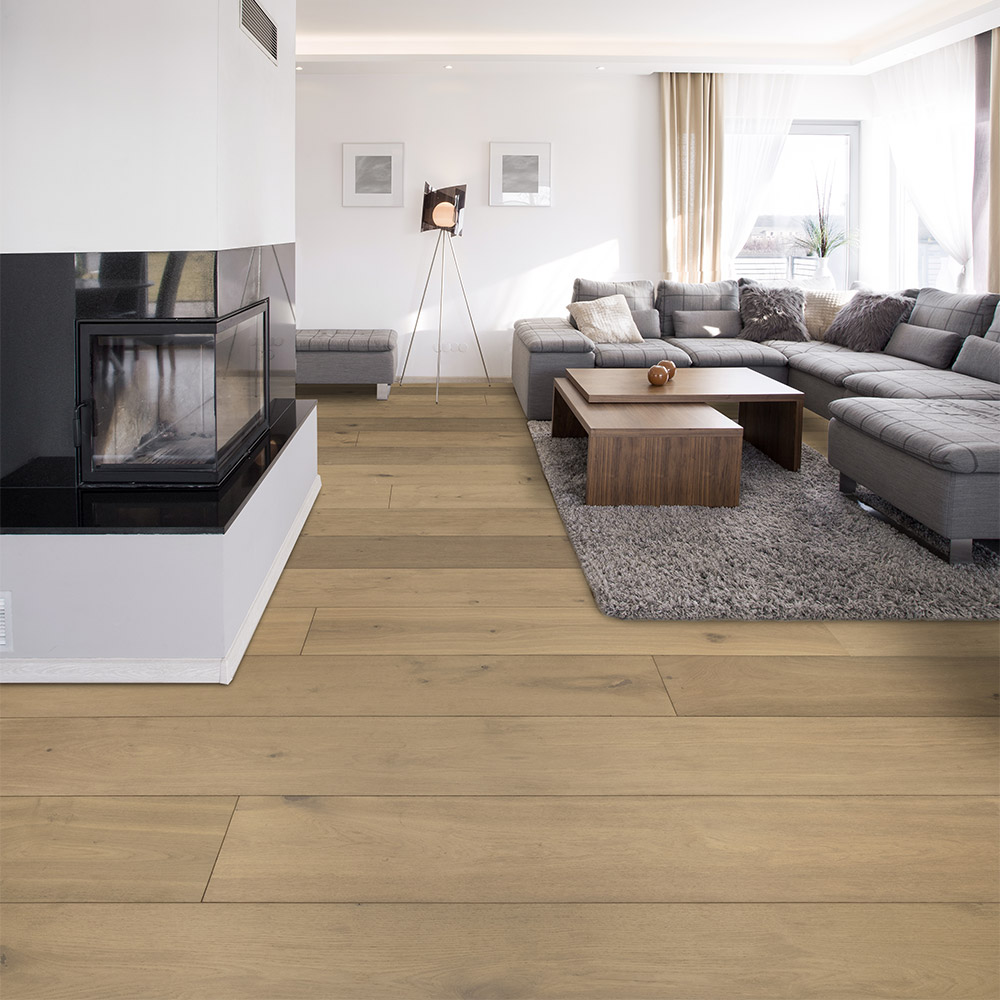
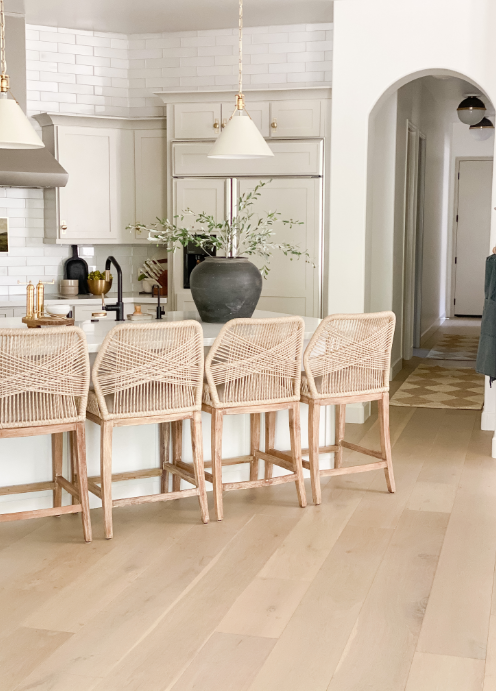
 Here at
Here at 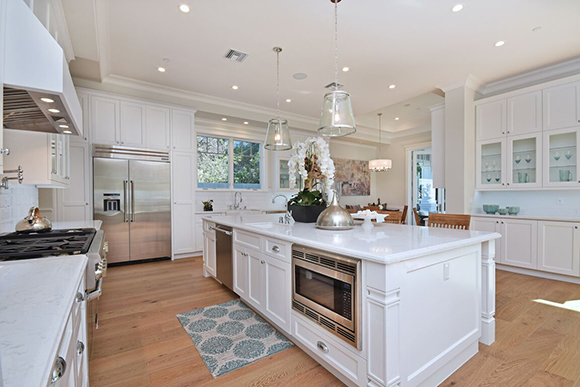
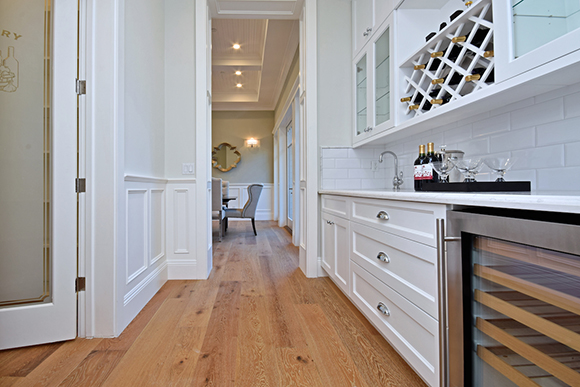

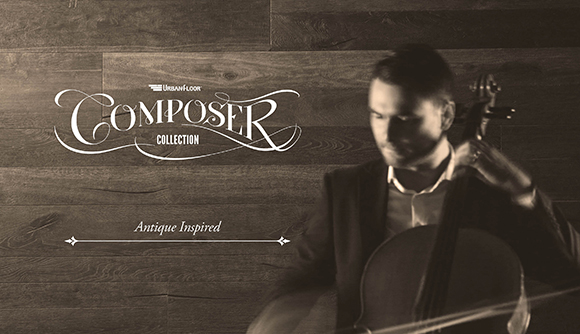
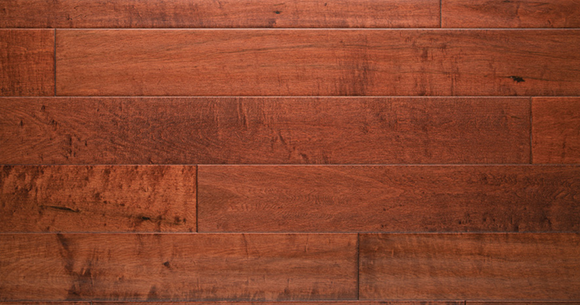
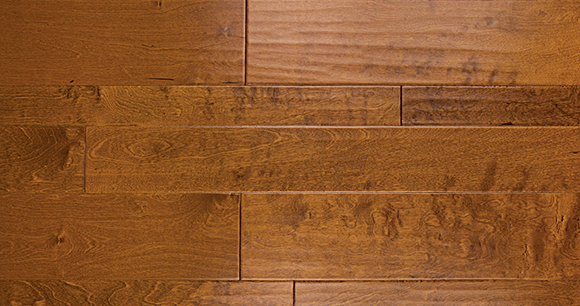

 Small spaces can be difficult to work with, often leaving you with a feeling as if you had more space to utilize. We’ve all been there and we’ve had to make the most of our space. Those who live in studio apartments know the trials of living in a small space. However, there are plenty of neat, little ways to make these living conditions a lot more bearable.
Small spaces can be difficult to work with, often leaving you with a feeling as if you had more space to utilize. We’ve all been there and we’ve had to make the most of our space. Those who live in studio apartments know the trials of living in a small space. However, there are plenty of neat, little ways to make these living conditions a lot more bearable.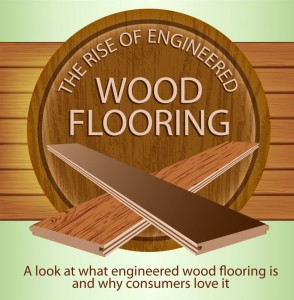 When it comes to adding natural warmth and beauty to your rooms, nothing beats the magnificent and timeless appearance of wood flooring. Both solid and
When it comes to adding natural warmth and beauty to your rooms, nothing beats the magnificent and timeless appearance of wood flooring. Both solid and 